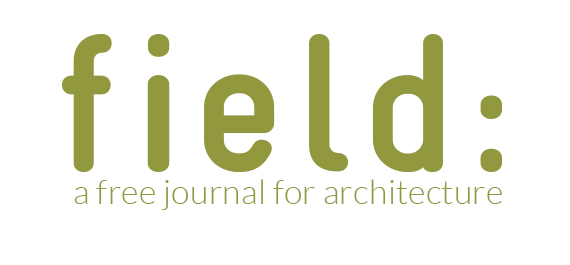Abstract
This paper makes the argument that architectural discourse should engage in a recovery of ecology in its original framing in the context of morphology. A history of architecture’s conceptual engagement with morphology, through Arnheim, d’Arcy Thompson, and Berson, and its subsequent forays into morphological practices including parametrics, versioning and digital form-finding reveals a consistent tendency of morphology to eschew its ecological foundations. Why is the rhetoric on morphological change so consistently forgetful of its ecological origins? Why is a formalist monologue embraced at the expense of a situated dialogue between morphology and ecology? Specifically implicated in this imbalance is the question of ecology without the oikos – a term that articulates this forgetfulness as a willful omission of the paradigmatic situation of dwelling. Reyner Banham and François Dallegret’s collaborative effort in the 1965 Art in America article, “A Home Is Not a House,” is the lens through which these questions are considered. This paper challenges the perception of Dallegret as a mere illustrator of Banham’s ideas, and posits the notion that his oeuvre produced the morphological context for Banham’s ecological thinking.
How to Cite:
Kulper, A., (2011) “Ecology without the Oikos: Banham, Dallegret and the Morphological Context of Environmental Architecture”, field 4(1), 67–86.
Downloads:
Download PDF

